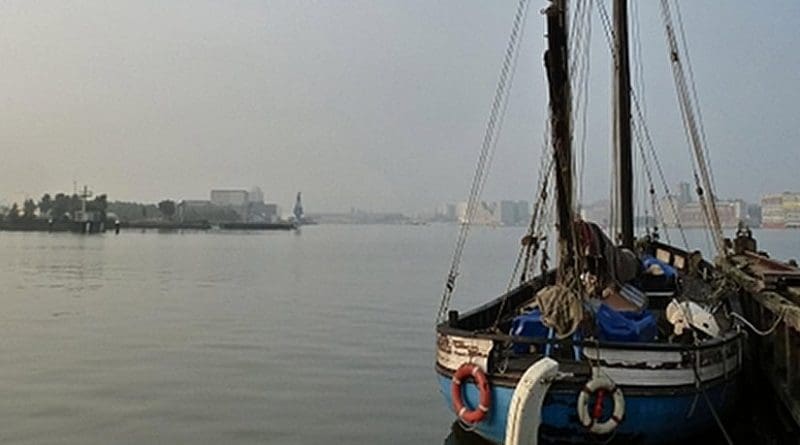New Nitrite Sensor Making Waves In Europe’s Aquaculture Sector
A fully automatic sensor that measures nitrogen levels in recirculated water could increase productivity and safety in European aquaculture.
The sensor was developed through the EU-funded AQUALITY project and is the first to have been designed specifically with aquaculture in mind. Fish farmers have until now had to rely on monitoring tools designed for general water management, which often lack the accuracy needed to ensure the welfare of fish.
Most importantly, the development of this new tool means that the sector can now tap into growing demand for land-based closed-containment aquaculture, or recirculated aquaculture systems. These systems use minimal water and allow the farms to be sited anywhere, even in urban spaces.
Expansion of this sector will depend however on continued improvements to the design and optimisation of both build and operating costs. For example, this method of fish production relies on the recirculation of water, which must be precisely monitored. Ensuring water quality means that fish are comfortable and are much more likely to grow optimally.
The sensor developed by the AQUALITY team has been calibrated in particular to measure the nitrogen compound nitrite. This is because all recirculating aquaculture systems have bio-filters, which convert nitrogen-based waste products to nitrites and nitrates. High levels of nitrite and ammonia indicate that the bio-filter is not functioning optimally, and could lead to potentially toxic nitrogen compounds in the water.
The innovation, developed by partners in the Netherlands and tested by experts in Denmark, is an important component of AQUALITY’s open standardised technology platform, which is capable of measuring eight parameters simultaneously. This enables aquaculture staff to receive continuous online measurements not only of nitrite, but also of total nitrogen compounds, pH, salinity, oxygen level, carbon dioxide level, total gas saturation and temperature. These levels are fed in real time direct to their monitoring screens.
Indeed, by coupling these measuring tools with an intelligent control system that is automatic and contains built-in knowledge of specific farmed species, the project team has attempted to make accurate and efficient fish farming as user friendly and automated as possible. Database and training material to improve best practise among fish farmers has also been developed.
The technology pioneered by the AQUALITY project should help European aquaculture to increase efficiencies and increase its share of the global fish market. EU aquaculture currently produces around 1.3 million tonnes a year, with a value of some EUR 2.9 billion and employs about 65 000 people. However, this level represents just 18 % of EU fish production and only 2 % of world aquaculture production.
The three-year AQUALITY project was officially completed at the end of November 2014. The project platform was presented during the Aquaculture Europe conference in Rotterdam in October 2015. The next step will be to take the sensor prototype towards commercialisation and market it to the aquaculture industry.
Source: CORDIS

